Mini Pliers: A Comprehensive Guide To Precision Tools
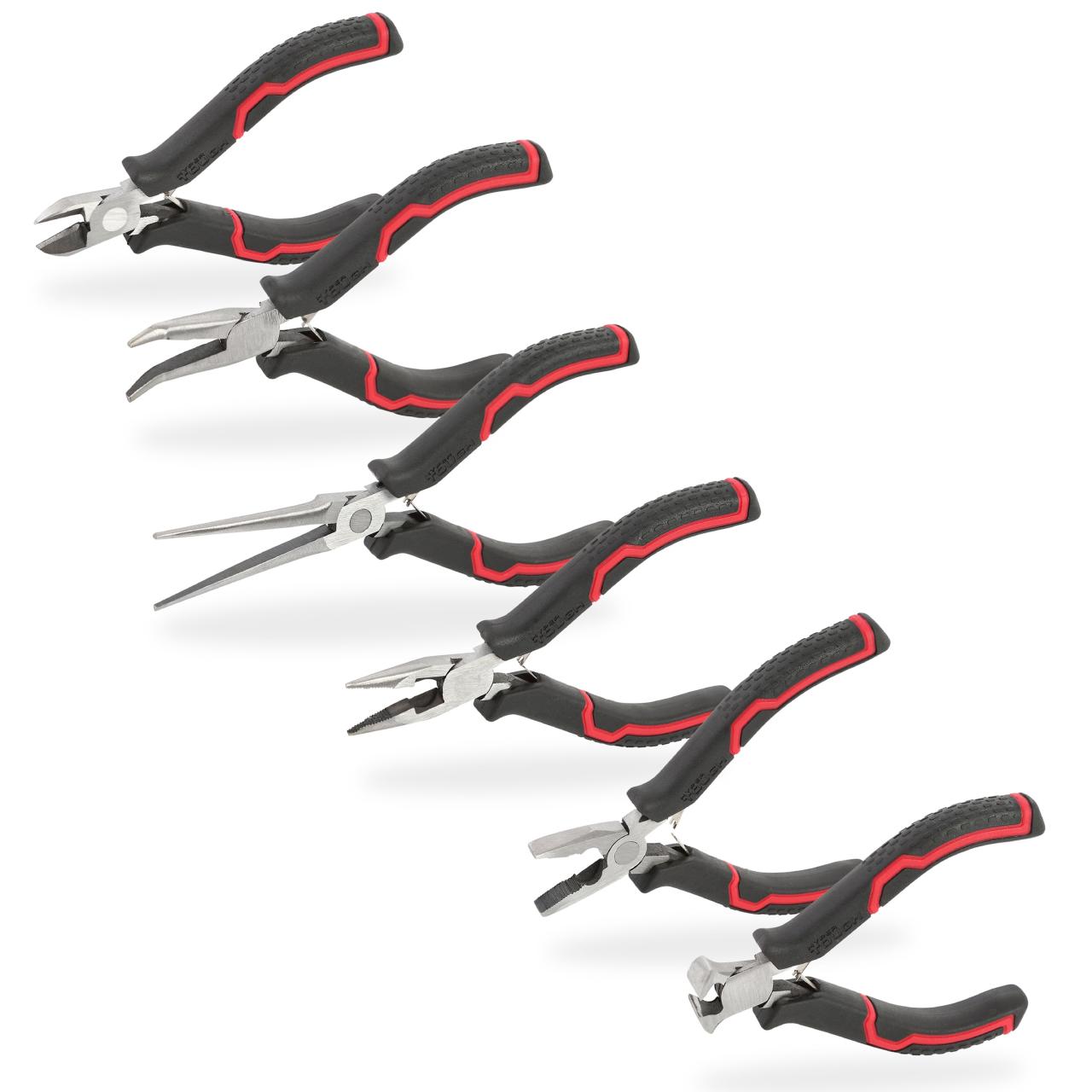
Mini Pliers: A Comprehensive Guide to Precision Tools
Mini pliers are indispensable tools for intricate tasks that require precision and control. Their compact size and specialized designs make them ideal for working in confined spaces, manipulating delicate components, and performing detailed operations. This comprehensive guide delves into the world of mini pliers, exploring their types, applications, and essential features to help you choose the right tool for your specific needs.
Types of Mini Pliers
Mini pliers come in various types, each designed for specific tasks. Here are the most common types:
1. Needle-Nose Pliers:
- Long, slender jaws with pointed tips
- Ideal for reaching into tight spaces and manipulating small objects
- Used in jewelry making, electronics repair, and model building
2. Round-Nose Pliers:
- Rounded jaws with a smooth surface
- Used for bending and shaping wire and creating loops
- Essential for jewelry making and wireworking
3. Flat-Nose Pliers:
- Flat, parallel jaws with serrated edges
- Used for gripping and holding objects securely
- Suitable for electrical work, jewelry making, and general repairs
4. Diagonal Cutters:
- Sharp, angled jaws for cutting wire and other materials
- Used in electronics, jewelry making, and model building
- Also known as flush cutters or side cutters
5. Crimping Pliers:
- Specialized jaws designed for crimping connectors and terminals
- Used in electrical work, telecommunications, and automotive repairs
Applications of Mini Pliers
Mini pliers find applications in a wide range of industries and hobbies, including:
1. Jewelry Making:
- Shaping and bending wire
- Creating loops and clasps
- Setting stones and beads
2. Electronics Repair:
- Soldering and desoldering components
- Cutting and stripping wires
- Manipulating small electronic parts
3. Model Building:
- Assembling and gluing parts
- Shaping and bending wires
- Creating detailed features
4. Electrical Work:
- Crimping connectors and terminals
- Cutting and stripping wires
- Holding and manipulating small components
5. Automotive Repairs:
- Crimping electrical connectors
- Removing small clips and fasteners
- Accessing tight spaces
Essential Features of Mini Pliers
When choosing mini pliers, consider the following essential features:
1. Jaw Material:
- High-quality steel provides durability and strength
- Stainless steel resists corrosion and rust
2. Jaw Shape and Size:
- Choose jaws that match the task at hand
- Consider the length, width, and shape of the jaws
3. Handle Design:
- Ergonomic handles provide comfort and reduce fatigue
- Non-slip grips ensure a secure hold
4. Spring Action:
- Spring-loaded pliers automatically open, reducing hand strain
- Choose pliers with a smooth and responsive spring
5. Cutting Capacity:
- For diagonal cutters, consider the maximum cutting capacity
- Ensure the pliers can cut the materials you need
Tips for Using Mini Pliers
1. Choose the Right Pliers:
- Match the pliers to the specific task and material
- Consider the jaw shape, size, and cutting capacity
2. Use Proper Technique:
- Hold the pliers securely and apply even pressure
- Avoid overtightening or using excessive force
3. Protect Your Work:
- Use soft jaws or jaw covers to prevent damage to delicate materials
- Hold the workpiece securely to avoid slipping
4. Clean and Maintain Your Pliers:
- Wipe down the pliers after use to remove dirt and debris
- Lubricate the joints periodically to ensure smooth operation
Conclusion
Mini pliers are versatile and indispensable tools for precision tasks. By understanding the different types, applications, and essential features of mini pliers, you can choose the right tool for your specific needs. With proper use and maintenance, mini pliers will provide years of reliable service, enabling you to tackle intricate tasks with confidence and precision.
5 Best Mini Pliers for Precision Work
Mini pliers are essential tools for any toolbox, offering precision and control for intricate tasks. Whether you’re working on electronics, jewelry, or small repairs, these compact tools will make your job easier. Here are the top 5 mini pliers to consider:
1. Needle Nose Pliers
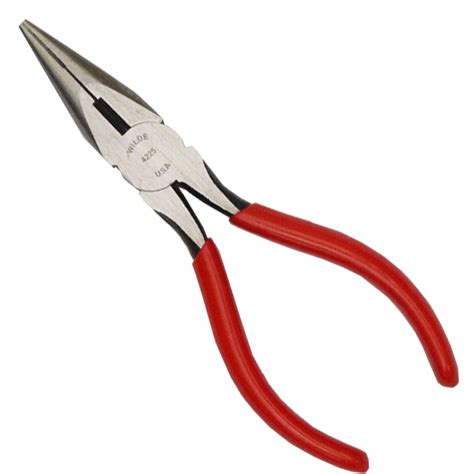
Needle nose pliers are the most versatile type of mini pliers, featuring long, pointed tips that can reach into tight spaces. They’re ideal for gripping small objects, bending wire, and cutting fine materials.
2. Diagonal Cutting Pliers
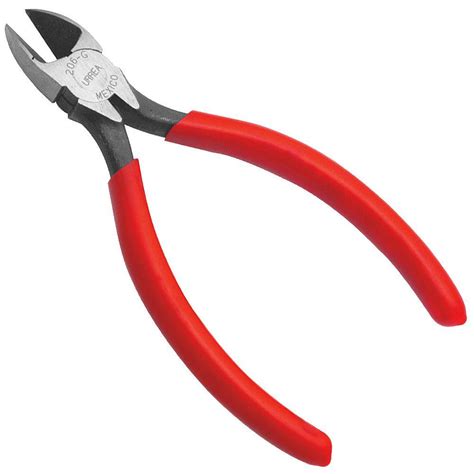
Diagonal cutting pliers, also known as flush cutters, are designed for precise cutting of wire and other materials. Their sharp, angled blades provide a clean, flush cut.
3. Round Nose Pliers
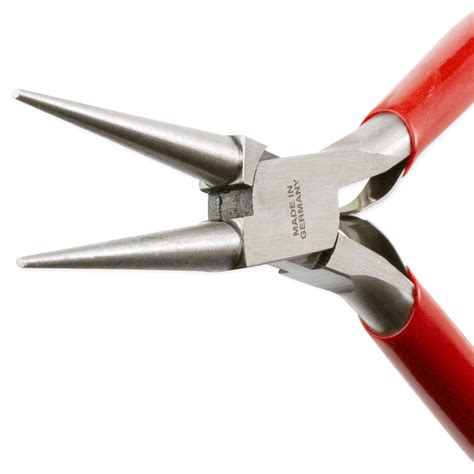
Round nose pliers have smooth, rounded tips that are perfect for bending and shaping wire. They’re commonly used in jewelry making and other crafts.
4. Bent Nose Pliers
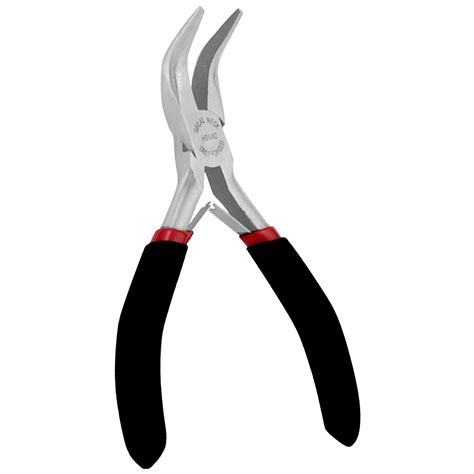
Bent nose pliers feature a 90-degree bend in the tips, making them ideal for gripping and manipulating objects at an angle. They’re often used in electronics and other precision tasks.
5. Long Nose Pliers
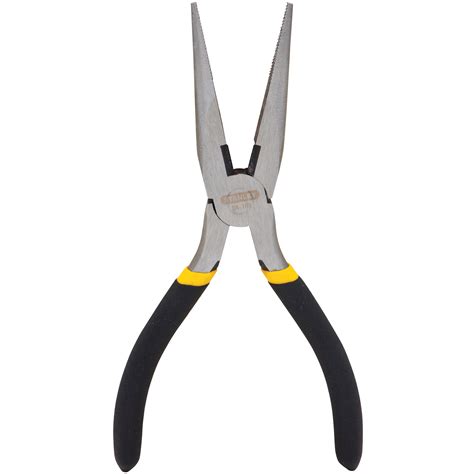
Long nose pliers are similar to needle nose pliers, but with longer, more slender tips. They’re designed for reaching into deep or narrow spaces, such as inside machinery or electronics.
